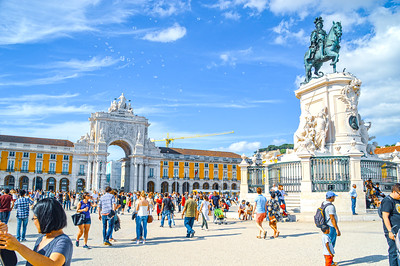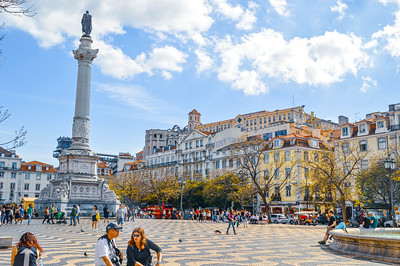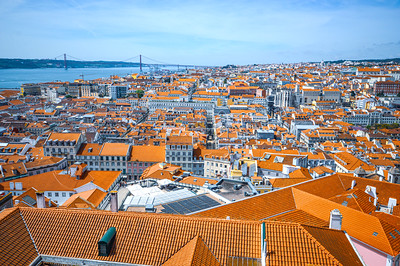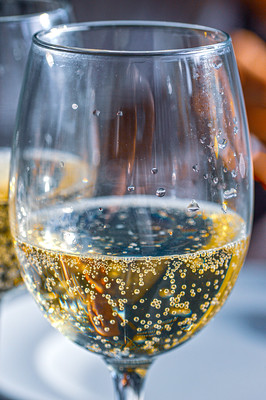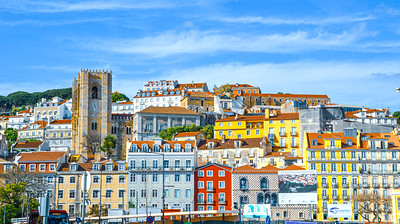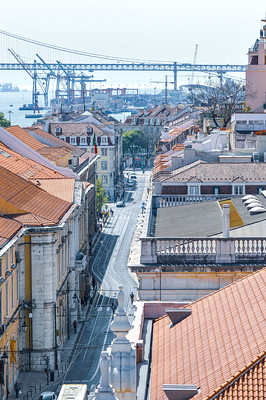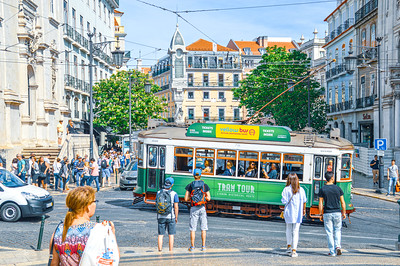Lisbon is one of the oldest cities in western Europe. After the region was settled by the Celts, it was then founded by the Phoenicians. They established a settlement called Ulissipo, which was then conquered by the Greeks and Carthaginians. In 205 BC, the Romans won the Second Punic War against the Carthaginians and occupied the city, calling it Olissipo. Ancient Lisbon was integrated into the Roman province of Lusitania, but when the Roman Empire collapsed, it was invaded by Germanic tribes and was controlled by the Kingdom of the Suebi until 585.
In 711, the Islamic Moors invaded the Peninsula, including Lisbon. They renamed the city al-Usbuma. In 789, Alfonso II of Asturias managed to reconquer the city until 808. Finally, the Christians retook the city in 1147, led by Afonso I and supported by a fleet of the second crusade.
From the fifteenth century onwards, the port of Lisbon became one of the most important in the world. During this period, the Casa da Guiné e Mina (a group of warehouses and customs offices) was established in the capital. This organisation managed all aspects of overseas trade giving the city great power. Lisbon centralized commerce with the Cape Verde coast.
The city’s wealth attracted numerous citizens from Genoa, Flanders and Mallorca. Their maritime knowledge influenced the court of Henry the Navigator. In the sixteenth century, the Casa da India began to conduct business with Asia, Africa and Brazil, making the city yet wealthier, and the most important slave trade centre in Europe.
In 1580 the Duke of Alba conquered Portugal and the Spanish King Philip II was recognized as King of Portugal. Less than one hundred years later, in 1640 independence was restored and the country’s largest colony, Brazil, transformed Lisbon into a phenomenally wealthy city.
On the 1 November 1755, Lisbon suffered a terrible earthquake that destroyed a large part of it. Sebastião José de Carvalho (1st Marquis of Pombal) used the riches from Minas Gerais in Brazil to rebuild Lisbon Baixa with large Classical style avenues.
www.lisbon.net
